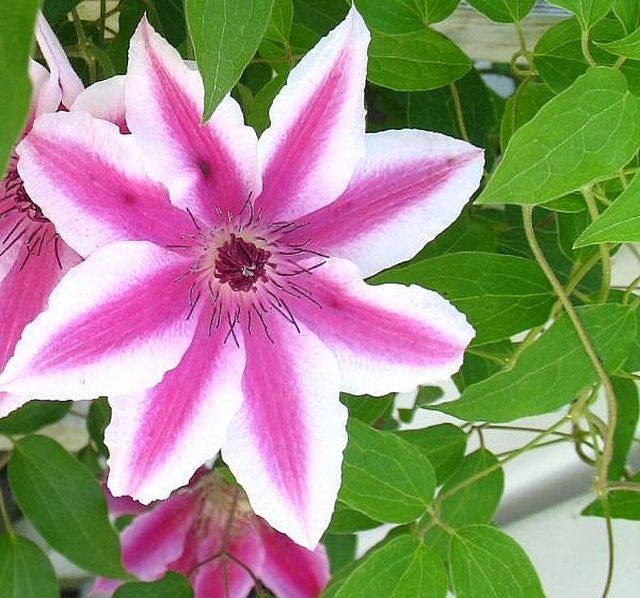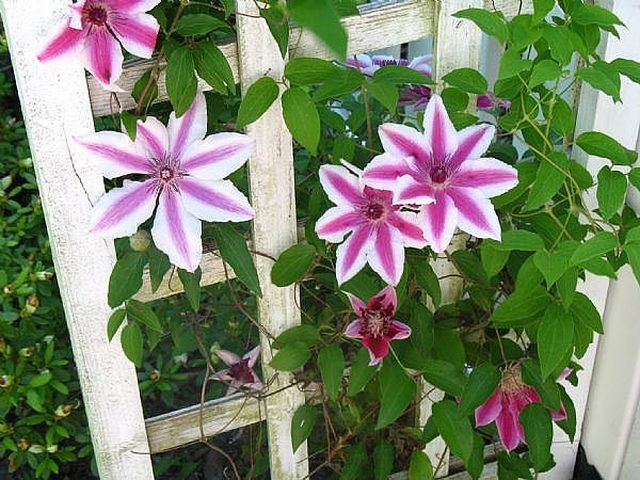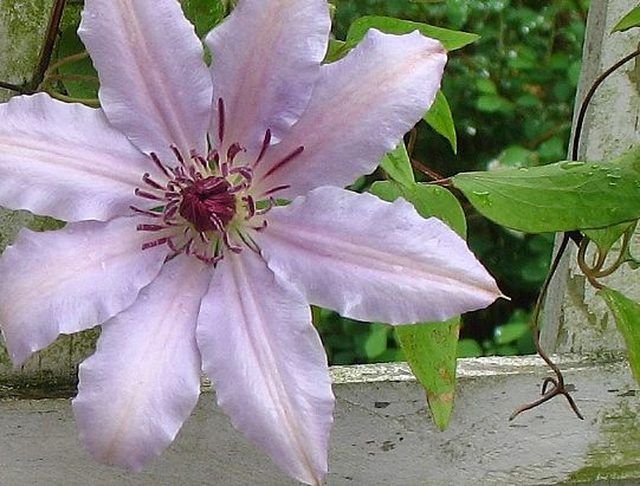Bulbs
Flower Basics
Flower Beds & Specialty Gardens
Flower Garden
Garden Furniture
Garden Gnomes
Garden Seeds
Garden Sheds
Garden Statues
Garden Tools & Supplies
Gardening Basics
Green & Organic
Groundcovers & Vines
Growing Annuals
Growing Basil
Growing Beans
Growing Berries
Growing Blueberries
Growing Cactus
Growing Corn
Growing Cotton
Growing Edibles
Growing Flowers
Growing Garlic
Growing Grapes
Growing Grass
Growing Herbs
Growing Jasmine
Growing Mint
Growing Mushrooms
Orchids
Growing Peanuts
Growing Perennials
Growing Plants
Growing Rosemary
Growing Roses
Growing Strawberries
Growing Sunflowers
Growing Thyme
Growing Tomatoes
Growing Tulips
Growing Vegetables
Herb Basics
Herb Garden
Indoor Growing
Landscaping Basics
Landscaping Patios
Landscaping Plants
Landscaping Shrubs
Landscaping Trees
Landscaping Walks & Pathways
Lawn Basics
Lawn Maintenance
Lawn Mowers
Lawn Ornaments
Lawn Planting
Lawn Tools
Outdoor Growing
Overall Landscape Planning
Pests, Weeds & Problems
Plant Basics
Rock Garden
Rose Garden
Shrubs
Soil
Specialty Gardens
Trees
Vegetable Garden
Yard Maintenance
How to Grow and Care for Nelly Moser Clematis
How to Grow and Care for Nelly Moser Clematis. The Nelly Moser Clematis is a flowering vine that can reach as much as 12 feet in length, with off-shoots from the main vine reaching out 3-4 feet. Best displayed on a trellis, arbor, or other climbing fixture, the blooms start in late May and can continue all summer long. The Nelly Moser variety of...

The Nelly Moser Clematis is a flowering vine that can reach as much as 12 feet in length, with off-shoots from the main vine reaching out 3-4 feet. Best displayed on a trellis, arbor, or other climbing fixture, the blooms start in late May and can continue all summer long. The Nelly Moser variety of clematis offers a starburst shaped bloom 5-7 inches across with white ruffled edges and mauve or pink-colored pedals that grow in profusion. Clematis are easy to grow, fast growing, and suitable to USDA hardiness zones 4a to 8b.
PLANTING
Plant clematis in the spring, choosing a sunny location but not against a wooden structure; the plant could rot. In addition, choose a location at least a few inches from any solid structure so air can circulate around the vine. Dig the hole twice as deep and twice as wide as the plant's container. Place the entire root ball, clematis and the stake that came with the container, about two inches lower than ground level, then back fill the hole. Add 2-3 inches of mulch.

CARE WHILE GROWING
As the clematis starts to grow, it will need help climbing upward or outward. That can be accomplished by using chicken wire or a climbing fixture (e.g., trellis) and twist ties to coax the vine in the direction you want it to grow. Water weekly unless there's a soaking rain.

SEASONAL CARE
Nelly Moser needs little pruning, just enough to get rid of those areas that are dead. The easiest way to tell what parts are dead is to wait until the vine starts blooming. The brown, brittle part is the dead portion that can be clipped. The first spring after planting clematis, cut the vine back, leaving about two feet. That will encourage more outward growth to help make the plant look denser. In future years, cut no more than the top third.
If you are fearful or are uncertain about pruning, you can skip it. The purpose of pruning is to neaten up the plant and to encourage new growth. In time, even an unpruned clematis will fill out.
Tips & Warnings
Don't be too afraid to prune your clematis. Accidental over pruning may result in an area of the plant not blooming one season, but it will come back.
If you have a long portion of vine that is dead, you may choose to leave it and train new growth to wrap around the dead portion to fill it out.
To ensure the color of the bloom is what you want, wait to buy the plant until it blooms.